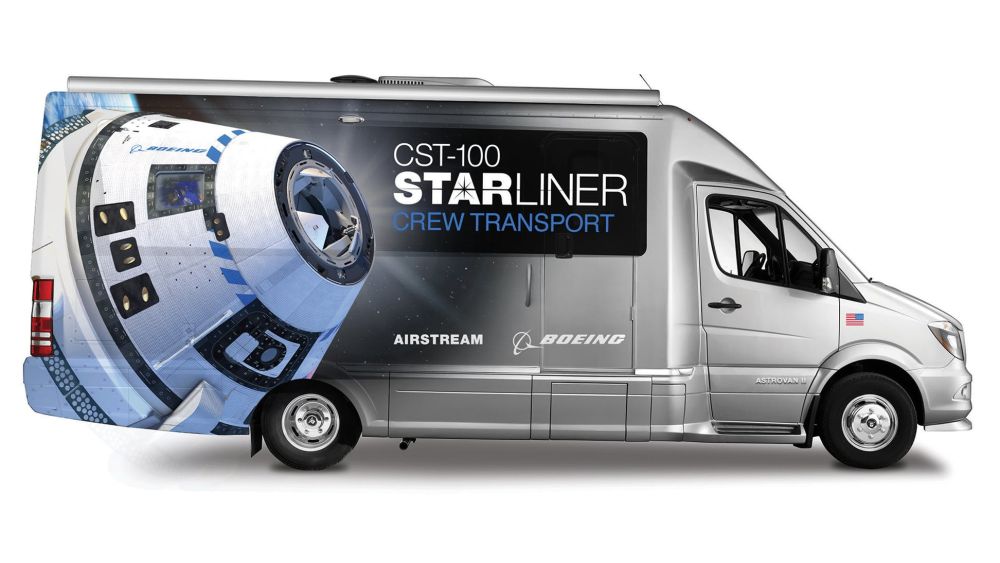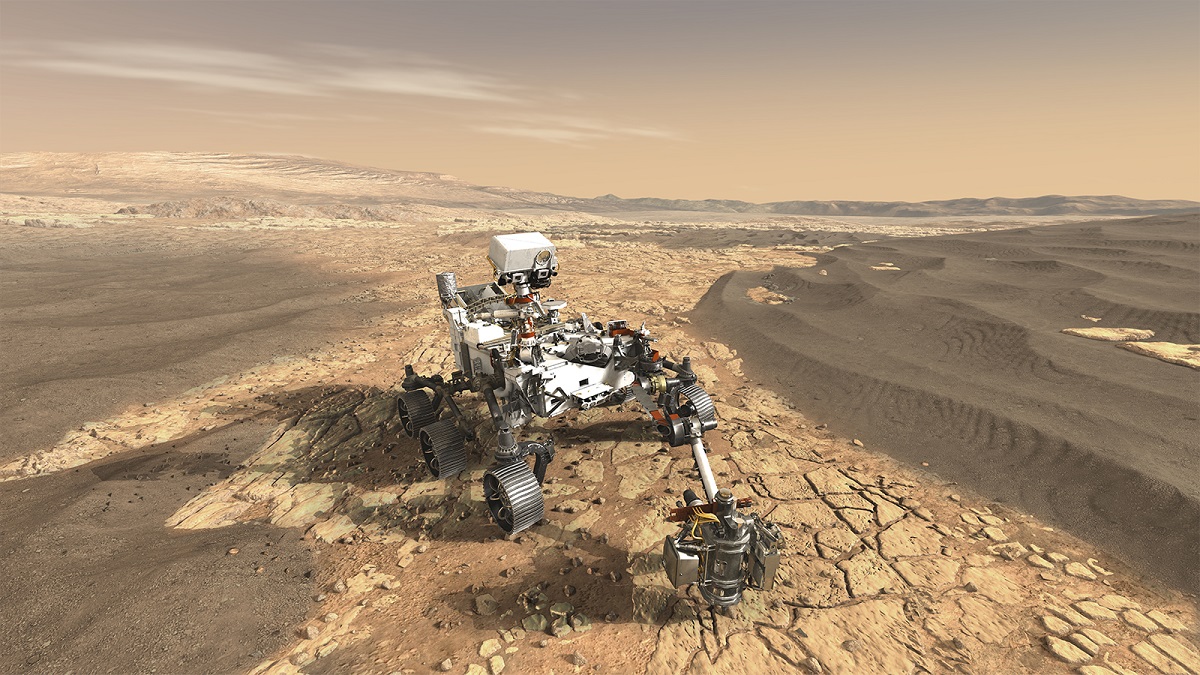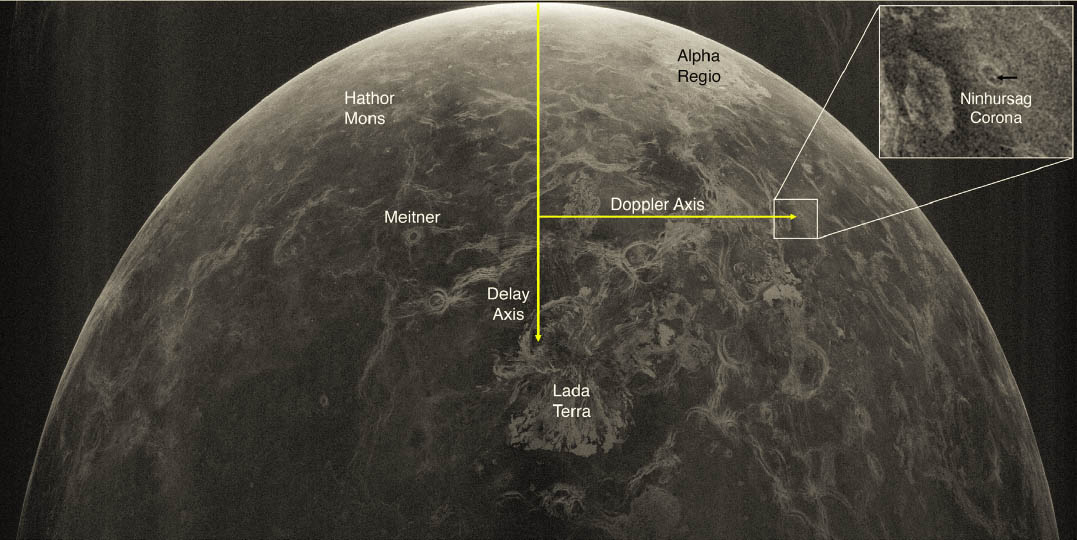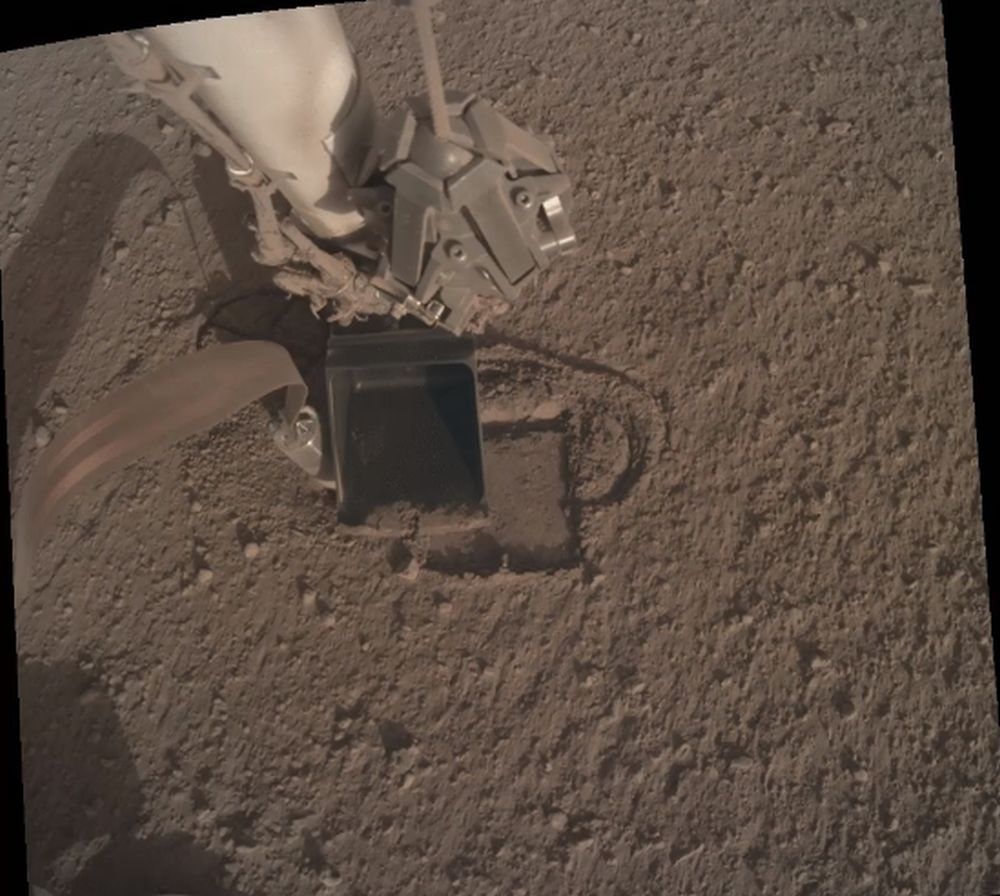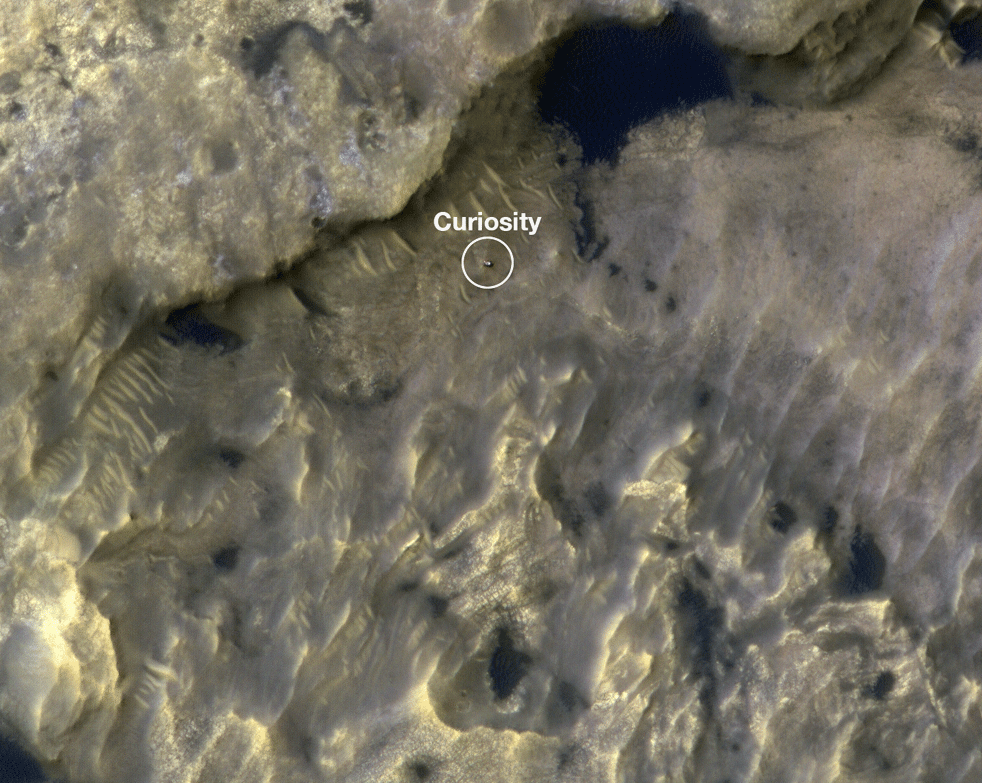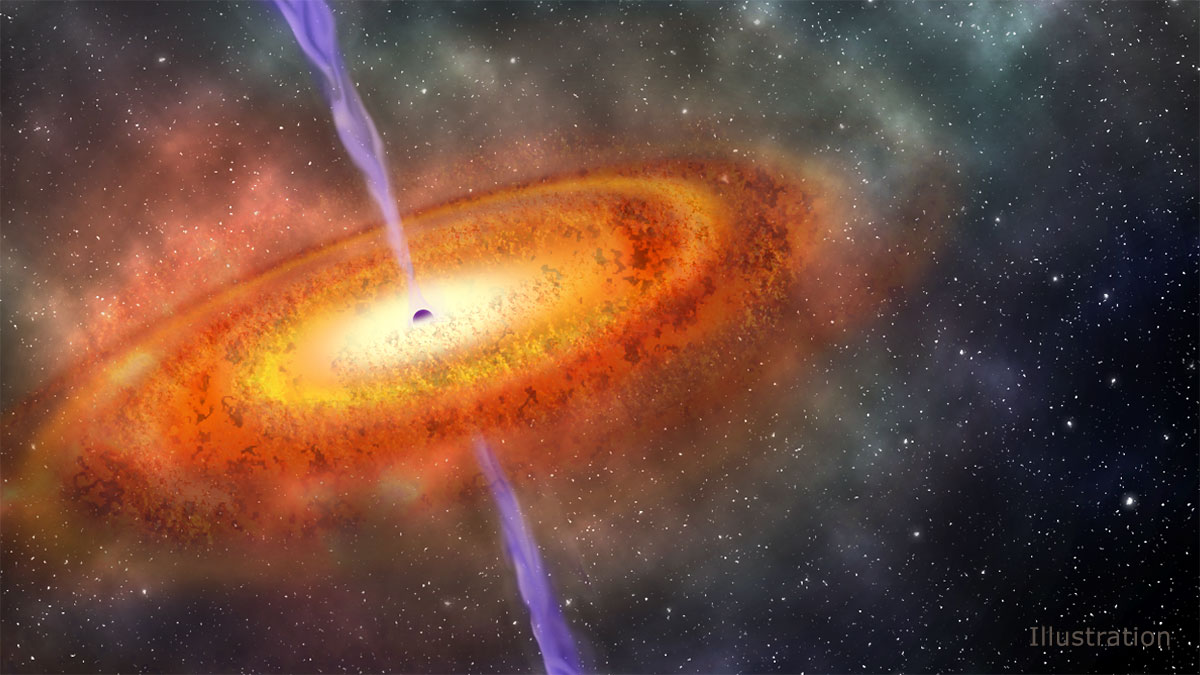When it comes to brand recognition, Airstream‘s got game. Their silver, space-age looking travel trailers and touring coaches are iconic. Almost everyone recognizes their riveted aluminum bodies.
Continue reading “Boeing and Airstream Show off Their New Astronaut Transport Vehicle: the Astrovan II”Boeing and Airstream Show off Their New Astronaut Transport Vehicle: the Astrovan II
